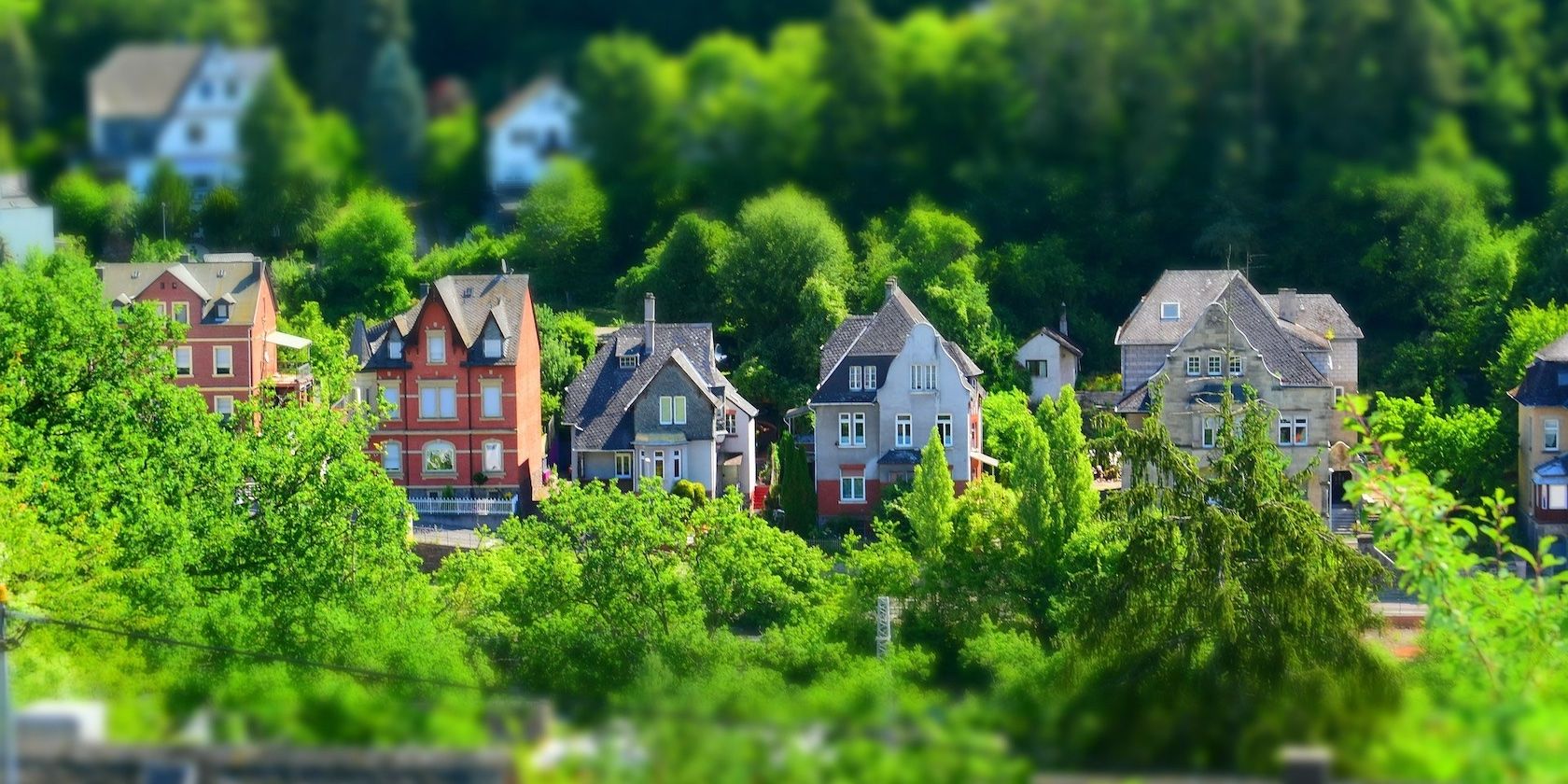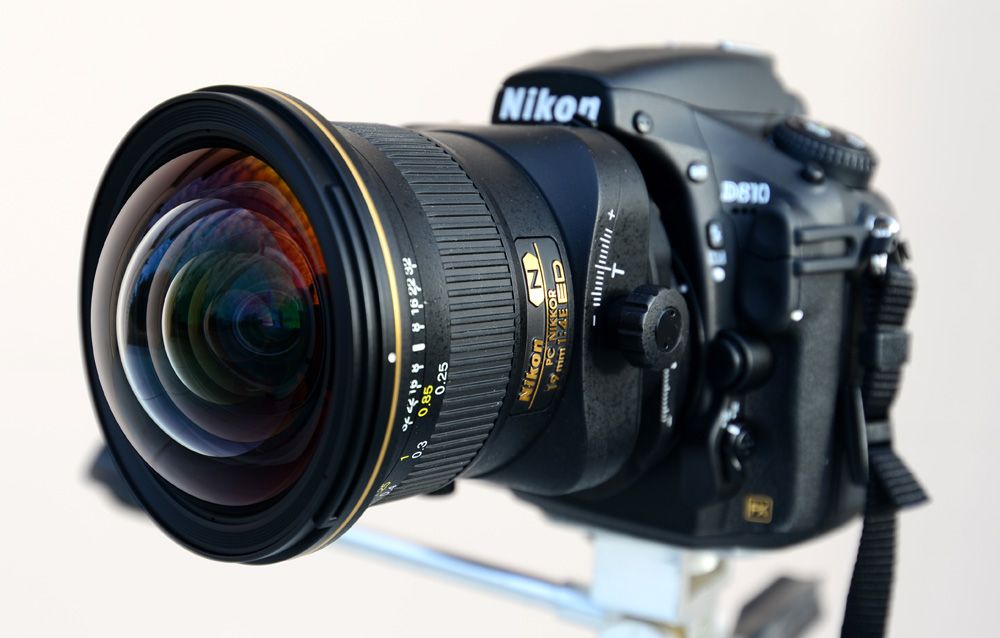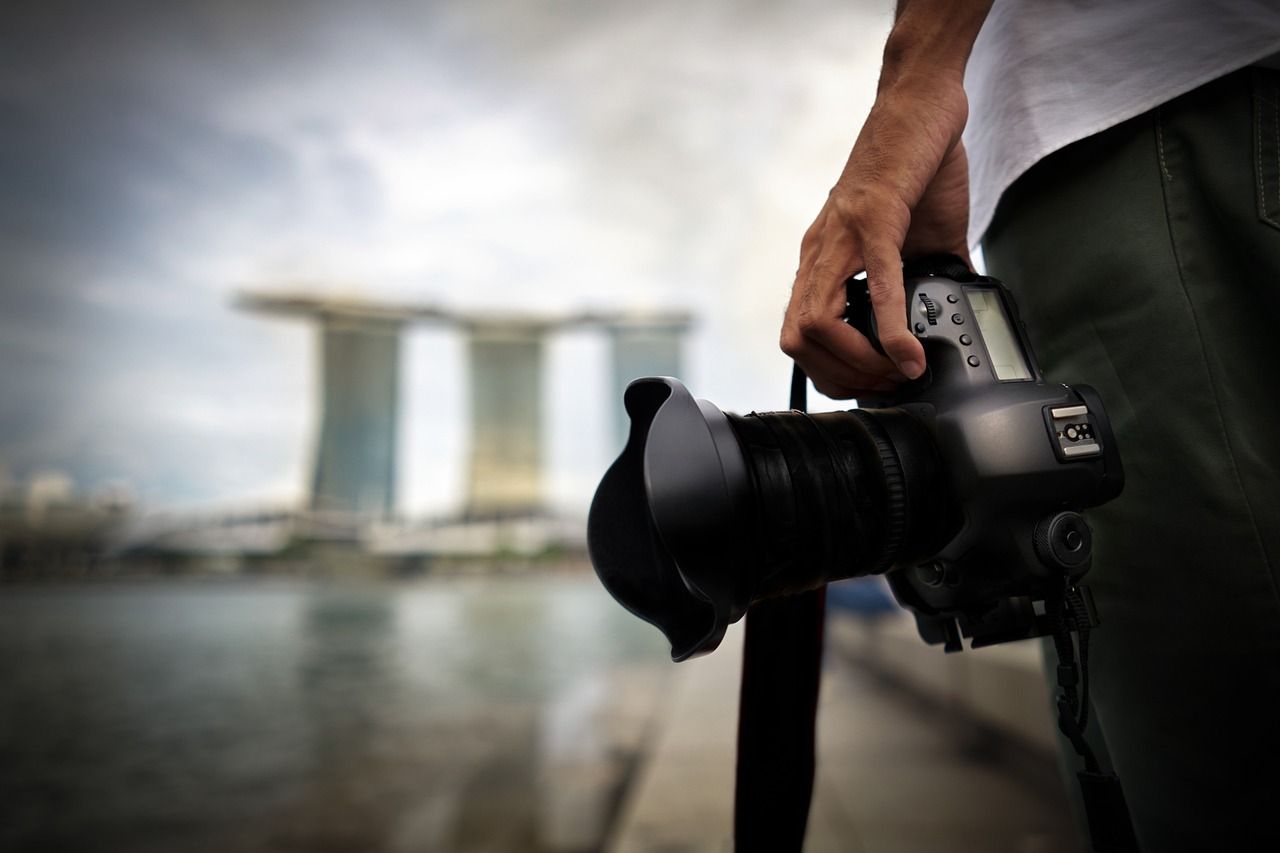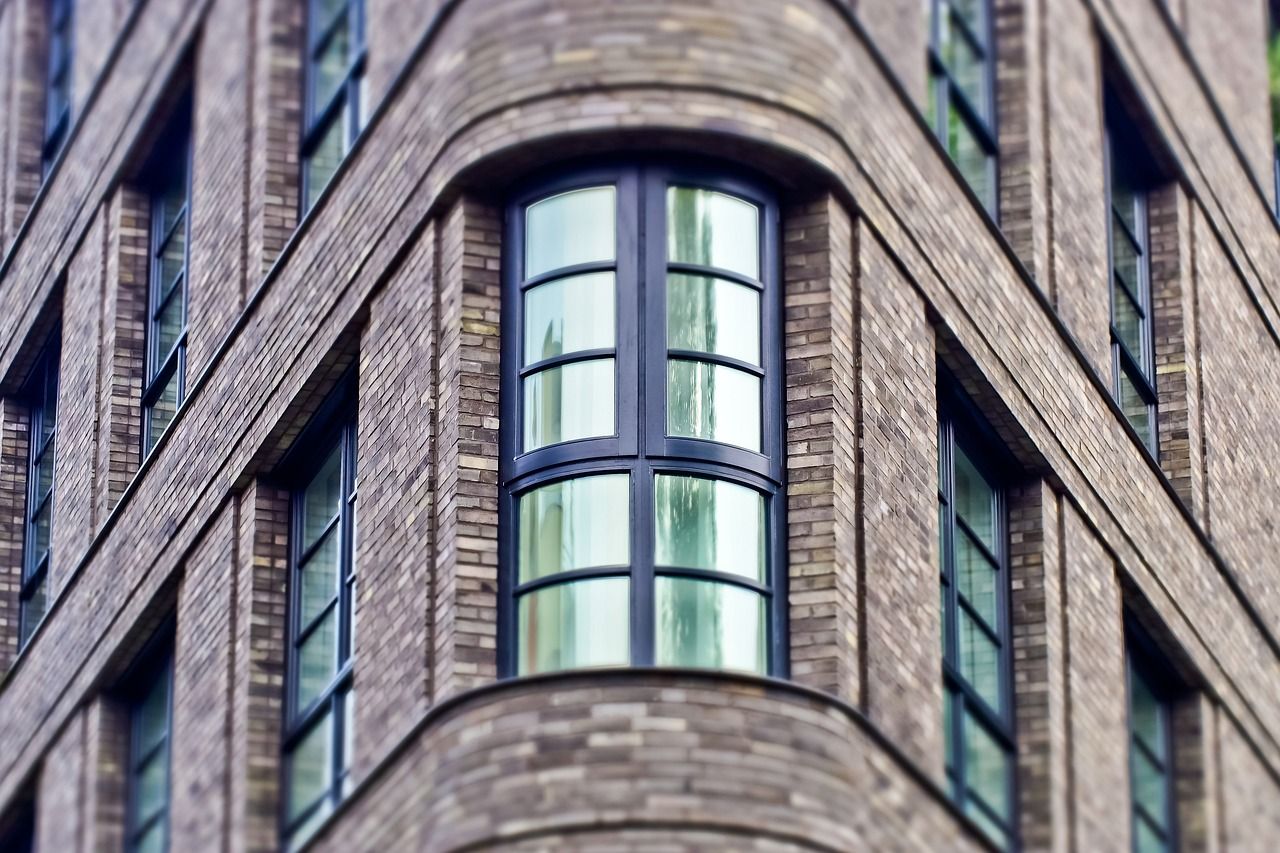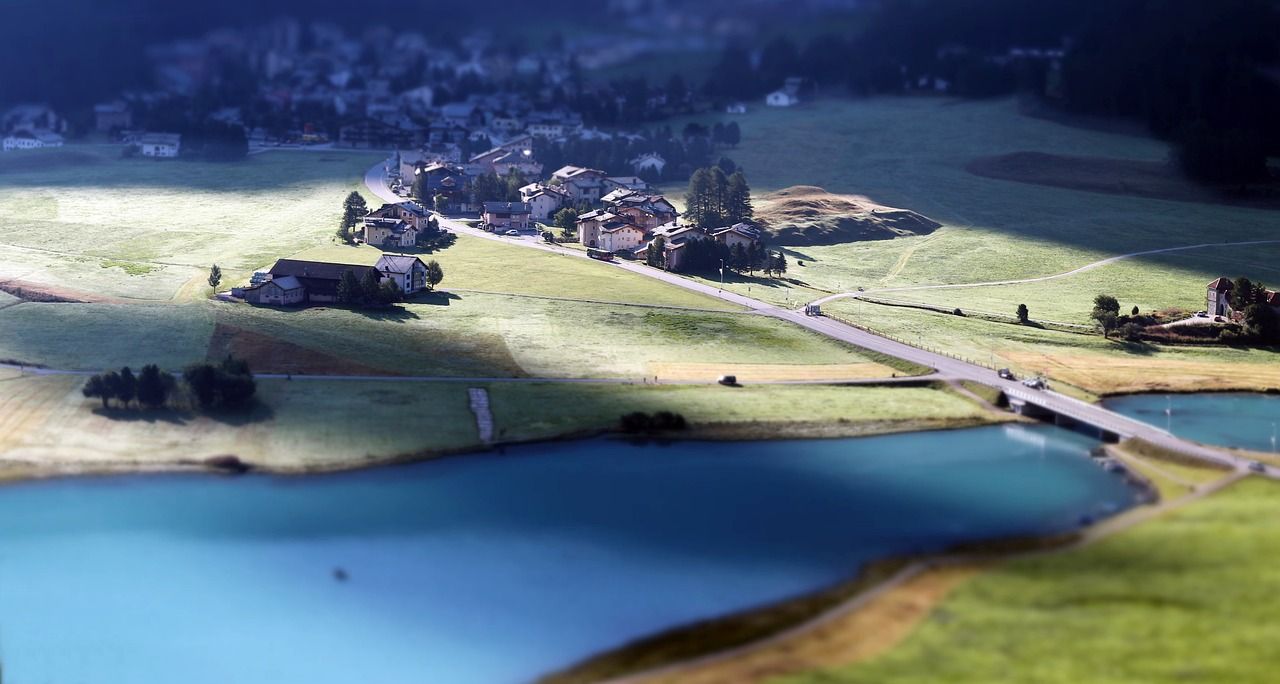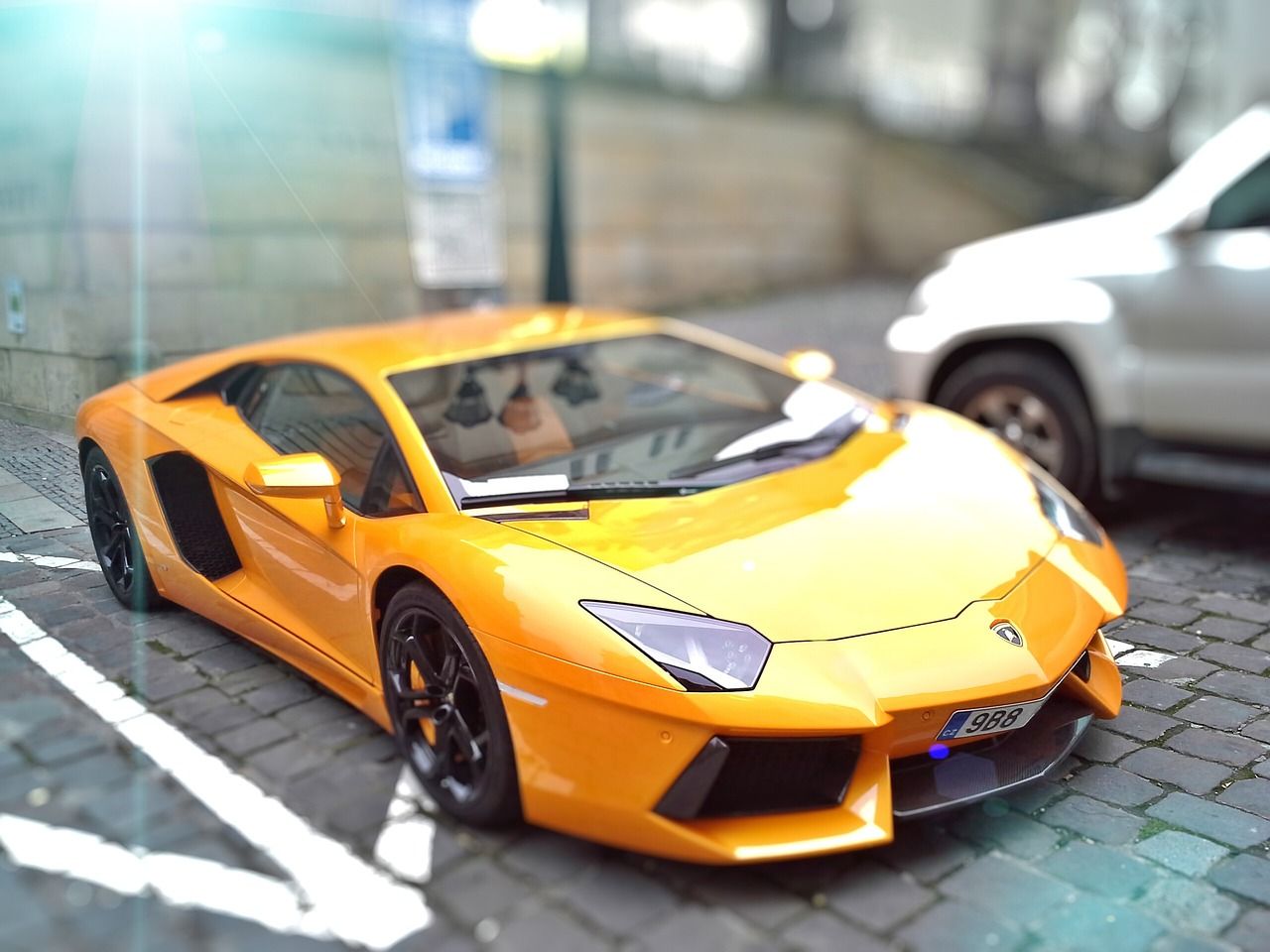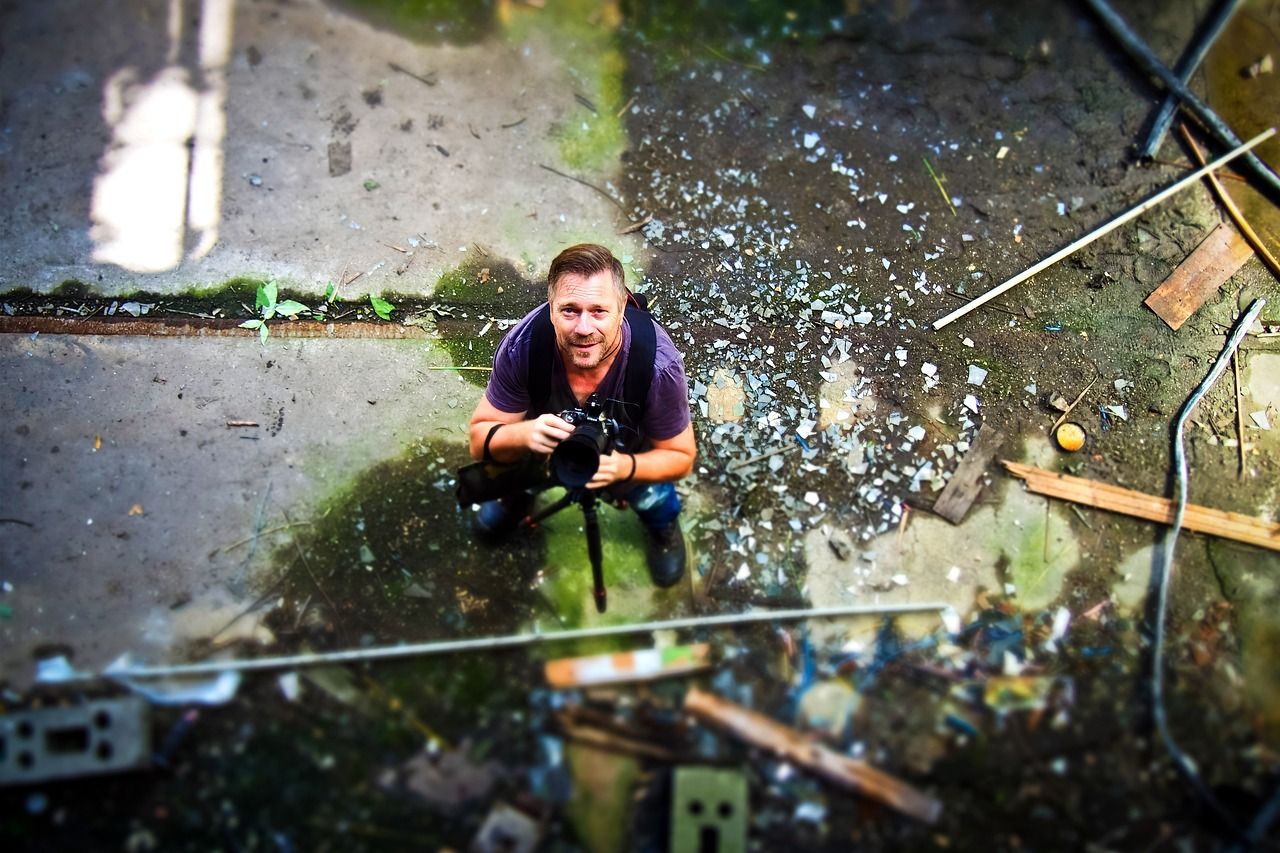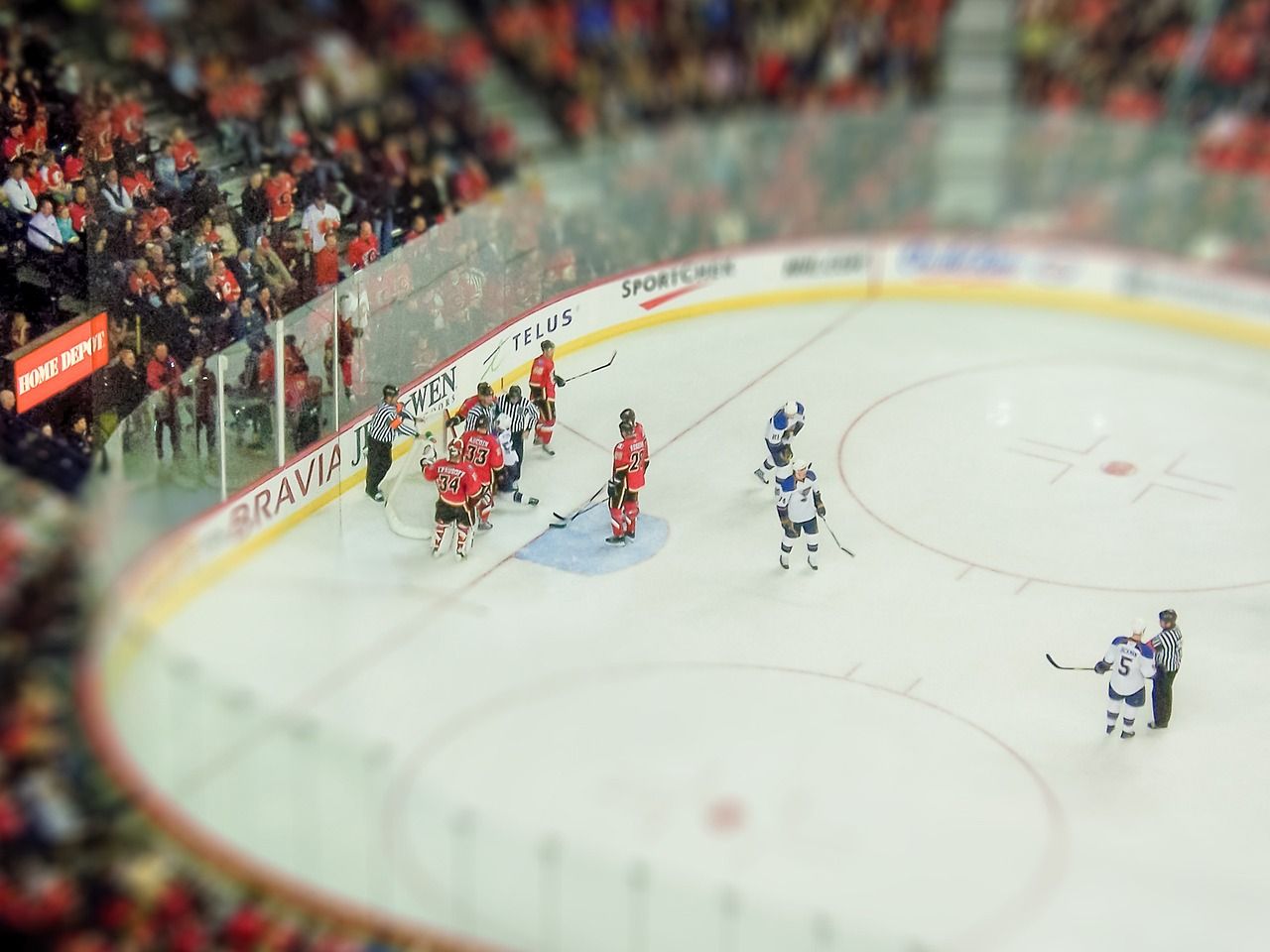Tilt shift photography is a special type of photography used by architectural, landscape, and other creative photographers. They use a particular kind of lens called a tilt shift lens, which can move in various directions and create different effects as a result. The most notable example of this type of photography is the miniature or diorama effect.
What Is Tilt Shift Photography?
Tilt shift photography is a photographic genre in which photographers manipulate life-sized images to look like toybox models. This effect can be achieved optically with a tilt shift lens while shooting the photos. However, this type of lens can be pricey.
The good news is you don't always need a tilt shift lens to create the effects. You can use filters in post-production software to achieve similar results.
Although tilt shift photography has other uses, like distortion correction, it is famous for miniature faking.
The Science Behind Tilt Shift Lenses
Tilt shift lenses are specialized lenses that work slightly differently from your standard lenses. The lens is unique because it is based on a phenomenon called the Scheimpflug principle, which states that sharp photos can be achieved when the subject, camera's sensor, and focal plane intersect in a straight line.
The focal plane is always parallel to the camera's sensor in standard lenses. On the other hand, a tilt shift lens has adjustments to move the barrel in different directions. This changes the lens's focal plane position with respect to the camera's sensor. You will see all sorts of exciting stuff happening to your photos with tilt shift lenses for the same reason.
How Does a Tilt Shift Lens Work?
A tilt shift lens can shift from left to right and up and down in direction. It can also tilt up and down.
Tilt Mode
With the tilt function, you can get different depths of fields, thanks to the Scheimpflug principle. When you tilt the lens, the focal plane is no longer parallel to the camera's sensor. Instead, it is angled, allowing you to play around with different depths of field to get various looks.
One of the creative uses of this function is the miniature effect you get when you keep the depth of field very shallow. With a deeper depth of field, you can also get corner-to-corner sharp images.
Shift Mode
In shift mode, you can "shift" your lens to see above or below the camera's sensor. This is handy for architectural photography to correct perspective distortion.
For example, say you're photographing a tall building. When you look up and take the picture, you can see the lines of the building converging at the top.
With a tilt shift lens, you can place your camera parallel to the building and shift your lens upward to get perfectly parallel lines on the building. In addition, a tilt shift lens projects a much larger circle of an image on your camera's sensor than a standard lens. In short, you can cover a larger area with your tilt shift lens.
Where Are Tilt Shift Lenses Used?
Although you may think of a tilt shift lens as a unique lens meant for a specific purpose, it is versatile for different types of photography.
Architectural Photography
This type of photography is where tilt shift lenses are most commonly used. You can technically correct the perspective distortion with post-production software, but using a tilt shift lens can be very convenient and save you a lot of time.
With a tilt shift lens, you can also take many pictures and seamlessly stitch them together as a panorama. But, if you use a standard lens and correct the distortion in editing software, your final panorama may not be as smooth.
Landscape Photography
In landscape photography, it is essential to keep the natural lines like horizons and trees straight. Tilt shift lenses can help with that. You can use the shift option to achieve this.
Also, the corner-to-corner sharpness is highly sought after by landscape photographers. When you use the tilt option on your lens, you can adjust for a deeper depth of field. However, remember to use layers in your composition to make it more powerful.
Product Photography
It can be challenging to get the entire product in focus for small product photographs, like jewelry and watches. You may have to use advanced techniques like focus stacking to get the whole image in focus. This can be time-consuming.
With a tilt shift lens, you can tilt the focal plane to get a sharp image with the entire product in focus.
Portrait Photography
A tilt shift lens can be a great addition if you're a portrait photographer because you no longer have to pose multiple models in a horizontal line. Instead, you can have people in different areas of your frame and still get all their faces in focus.
You can also creatively blur different areas in your frame to get a pleasing composition.
Creative Effects
People often associate tilt shift lenses with toybox-looking photos. When you use the tilt option on a large scene with a shallow depth of field, the resulting image looks like a scene out of a diorama.
Photographers use the tilt function to create one-of-a-kind photos that are intriguing and fun to look at.
Tilt Shift Photography Without a Tilt Shift Lens
Are tilt shift lenses out of your price range? You can mimic the effect of a tilt shift lens in two ways. You can buy a tilt shift adapter that converts your normal lens into a tilt shift lens. Or, try using Photoshop and other software to edit the picture for a miniature look.
You can also use the Snapseed app on your phone to edit the photos. It is developed by Google and is available for both Android and iPhone.
To get the perfect diorama look, you have to keep some things in mind while shooting the photos. First, shoot from an elevated angle so that it gives an impression of peering from the top. It is better to shoot a broader view to emphasize the toybox look.
While editing, make sure to increase the sharpness and play around with the saturation to get the desired look. The best subjects for tilt shift effects are buildings in downtown, busy street intersections, bridges, and castles.
Unleash Your Creativity With Tilt Shift Photography
If you're in a photography rut, try tilt shift photography to break out of it. You don't have to spend thousands of dollars to get involved in tilt shift photography. Instead, just simulate the effects with an app or software.
Trying different kinds of photography will help you improve your creativity and artistic skills.

